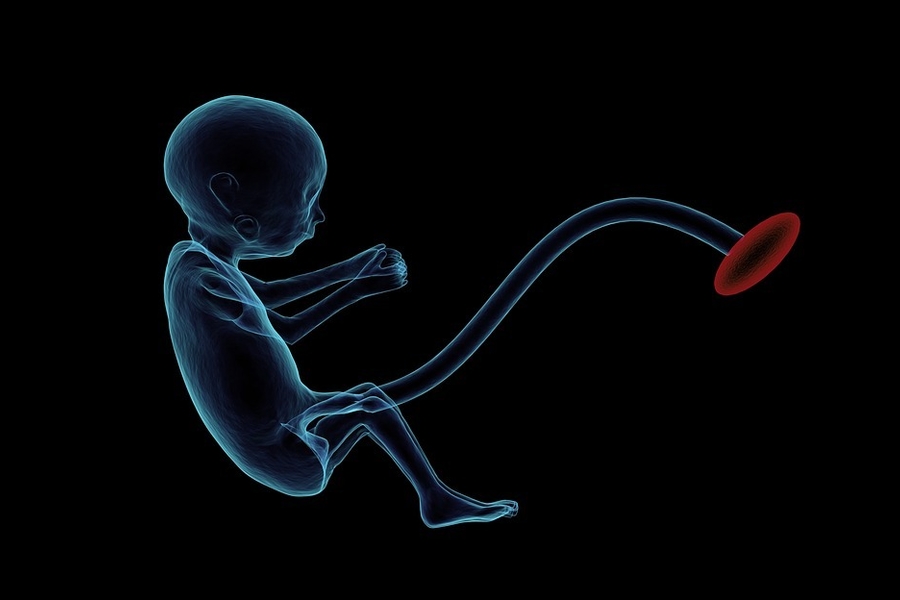
Umbilical Cord Care Basics
29 Aug 2018 | 4 min Read
Babychakra
Author | 1369 Articles
Nurturing a baby in your womb is greatly dependent on the umbilical cord. It is responsible to fulfil your baby’s nutrition needs throughout the course of your pregnancy.
Once your baby is born, you can see a ½-1-inch-long stump, purplish blue in colour. It will take nearly 1-2 weeks for it to dry and fall off. During this time, you need to take a little care so as to keep infection and irritation at bay.
Taking Care of The Stump
Here are some umbilical cord care basics that let you know how you can take care of the umbilical cord stump:
Keep it Clean And Dry
While the usual recommendations include cleaning the base of the cord by rubbing alcohol, the latest measures to take care of the umbilical cord have changed. The paediatricians now advise the stump be left alone as alcohol may cause skin irritation. This may also delay the healing of the stump.
You may also use Goldenseal Root and Echinacea on the recommendation of the paediatrician.
To keep it dry, offer frequent air exposure. This is an important element of umbilical cord care that considerably reduces the healing time. Do not let the diaper interfere with the cord stump. You can cut or fold the diaper in order to prevent irritation.
Give a Bath Carefully
Either give your baby a sponge bath or use a mug to give a bath. Do not use a sink or tub until the stump falls off. Put the baby under the fan to dry it completely. Do not rub the area with a towel or it may lead to irritation.
Do not Give Into the Temptation of Pulling it Off
Let the cord heal itself and fall out. Do not pluck the cord or use any home remedies to accelerate the process.
How to Know if There is an Infection?
Below are some common signs of an infection:
• The swollen or red base of the cord.
• White or yellowish puss like discharge.
• Odourful discharge.
• Baby showing signs of discomfort.
If you notice any of the above signs, consult a paediatrician and get it treated immediately as it may lead to an infection of the umbilical stump called omphalitis which can be fatal.
You must also call the paediatrician in case of active bleeding.
Umbilical Granuloma
An umbilical granuloma is a firm tissue, pinkish red in colour that is similar to the scar tissue. Lumping of this tissue causes a problematic condition of the stump after the cord falls off. The condition is characterized by a continuous, yellow-green discharge. This differs from an infection in the way that it doesn’t result in any form of swelling, redness, or fever.
This should be treated as soon as it surfaces.
Types of Belly Button
Apart from these common conditions, there is also a misconception among people regarding the types of belly button that causes people to try to change the type of belly button which is an exercise in futility.
The belly button can be divided into 2 categories- innie and outie. People prefer an innie, i.e, a concave naval and thus try to tape a coin or flat object to ensure an innie. This, however, is not true as there is no way to predict the type of belly button.
Leaving it alone is the best for umbilical cord care
The best way to get the umbilical cord to heal is to leave it alone and let it turn out like it is meant to be. If you see anything that is different from normal, consult a paediatrician immediately.
A


Related Topics for you
Suggestions offered by doctors on BabyChakra are of advisory nature i.e., for educational and informational purposes only. Content posted on, created for, or compiled by BabyChakra is not intended or designed to replace your doctor's independent judgment about any symptom, condition, or the appropriateness or risks of a procedure or treatment for a given person.
